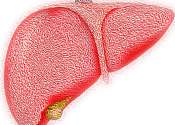Posttraumatic stress disorder reveals imbalance between signalling systems in the brain
Experiencing a traumatic event can cause life-long anxiety problems, called posttraumatic stress disorder. Researchers from Uppsala University and Karolinska Institutet now show that people with posttraumatic stress disorder ...
Nov 30, 2015
0
4463








